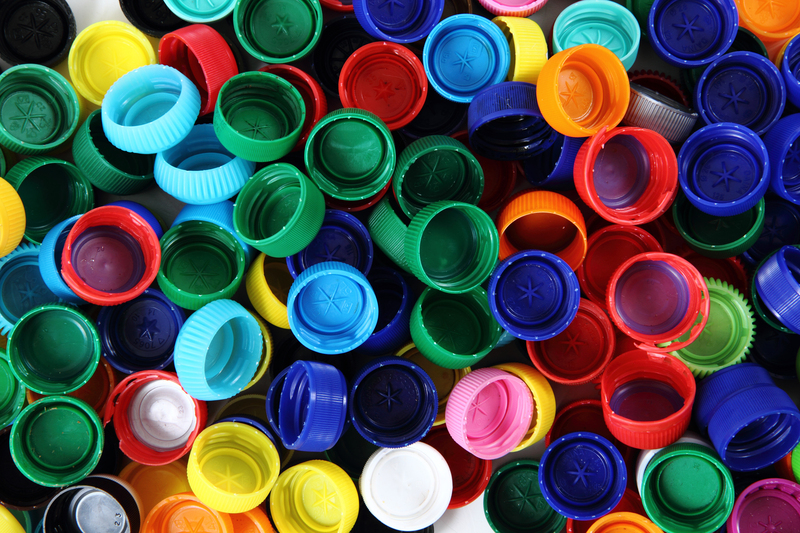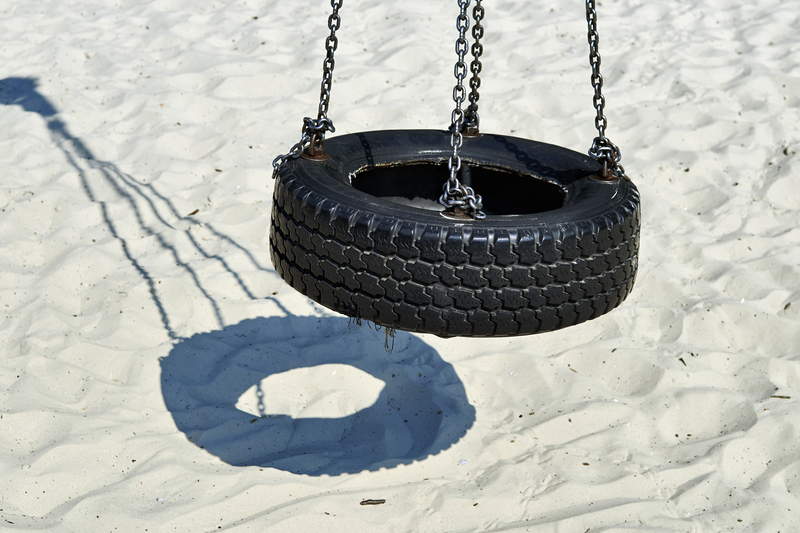Best Practices for Safe and Ethical PPE Waste Disposal
The widespread use of personal protective equipment (PPE) has become essential in various industries, especially since the COVID-19 pandemic. However, the safe and ethical disposal of PPE waste poses significant environmental and health challenges. This comprehensive guide explores the best practices for PPE waste disposal, ensuring both public safety and environmental responsibility.
Understanding PPE Waste: Types and Challenges
PPE waste includes a variety of single-use and reusable items such as masks, gloves, face shields, gowns, and shoe covers. While these items play a crucial role in infection prevention and occupational safety, improper disposal can result in environmental pollution and health hazards. It is therefore vital to understand safe and ethical PPE waste disposal methods.
Common Types of PPE Waste
- Masks: N95, surgical, and cloth masks
- Gloves: Latex, nitrile, and vinyl gloves
- Face Shields and Goggles
- Gowns and Aprons
- Shoe Covers
Each of these items requires special consideration to prevent harm to people, wildlife, and the environment. PPE can carry pathogens, chemicals, and non-biodegradable materials, turning their disposal into a public health concern.

Why Safe PPE Waste Disposal is Crucial
- Health Protection: Improper handling can expose waste workers and the public to infectious diseases.
- Environmental Preservation: Non-biodegradable PPE can accumulate in landfills and oceans, harming ecosystems and wildlife.
- Ethical Responsibility: Communities have a moral duty to minimize harm and promote public hygiene through responsible waste management practices.
- Regulatory Compliance: Many countries enforce strict regulations for biomedical and hazardous waste management, including PPE waste.
Safe and Ethical PPE Waste Management Principles
To practice safe PPE waste disposal, individuals and organizations must follow a set of ethical and regulatory guidelines. Here are the primary principles:
- Segregation at Source: Sort PPE waste immediately after use, separating it from regular waste.
- Containment: Use leak-proof, labeled bins and bags that are resistant to punctures and leaks.
- Sanitization: If possible, disinfect PPE before final disposal to reduce contamination risks.
- Proper Transportation: Transfer waste to authorized treatment facilities using safe and documented methods.
- Environmentally-Responsible Disposal: Use incineration, autoclaving, or advanced recycling wherever feasible.
- Worker Training: Educate all personnel on PPE disposal protocols and safety measures.
Segregating PPE Waste: The First Step
Effective PPE waste management starts with proper segregation. Mixing PPE with general or recyclable waste increases the risk of cross-contamination and reduces recovery options. Follow these essential practices:
- Designate specific, color-coded bins for PPE waste (e.g., yellow for infectious materials).
- Use clear signage and instructions to guide users.
- Train staff and the public on what qualifies as PPE waste.
PPE Waste Containment and Collection
Proper containment ensures that discarded PPE does not pose a risk to sanitation workers or the public. Key recommendations include:
- Use double-bagging for highly contaminated items to prevent leaks.
- Seal bags securely before collection.
- Regularly disinfect bin surfaces and collection points.
Approved Methods for Disposing of PPE Waste
Safe PPE waste disposal involves subjecting waste to treatments that neutralize pathogens and minimize environmental impact. The main methods are:
- Incineration: High-temperature combustion destroys pathogens and reduces waste volume, but may contribute to air pollution if unsupervised.
- Autoclaving: Uses steam and pressure to sterilize PPE waste, making it safer for landfill disposal.
- Chemical Disinfection: Suitable for reusable PPE components or waste that cannot be incinerated.
- Advanced Recycling: New technologies convert certain PPE materials (like polypropylene masks) into reusable products or energy.
Note: Home-generated PPE waste should never be flushed, burned openly, or mixed with recyclable items.
Ethical Considerations in PPE Disposal
The ethical PPE waste disposal approach involves minimizing environmental impact while prioritizing safety:
- Reuse: Whenever possible, choose reusable PPE items that can be cleaned and sanitized safely.
- Source Reduction: Only use PPE when necessary and avoid single-use plastics where alternatives exist.
- Community Education: Raise public awareness about proper disposal methods via campaigns and accessible signage.
- Innovation: Support and adopt technologies for recyclable PPE waste processing.
Environmental Impact of Improper PPE Disposal
PPE made from synthetic fibers and plastics can persist in the environment for decades. Some negative outcomes include:
- Marine Pollution: Discarded masks, gloves, and gowns can end up in rivers and oceans, endangering marine life that may ingest or become entangled in waste.
- Soil Contamination: Chemicals leached from PPE can pollute groundwater and degrade soil quality.
- Microplastic Formation: Degraded PPE contributes to the microplastic crisis, infiltrating food chains and ecosystems.
Thus, implementing safe and sustainable PPE waste disposal methods is vital for protecting our planet.
Guidelines for Healthcare Facilities and Organizations
Healthcare settings are the primary contributors to PPE waste. Here are tailored protocols for safe and ethical management:
Facility Management Best Practices
- Adhere to local and international health regulations (e.g., WHO, CDC).
- Install touch-free bins in high-traffic and high-risk areas.
- Conduct routine audits of PPE waste segregation and bin maintenance.
- Ensure secure storage before transport to offsite disposal facilities.
- Train janitorial and medical staff on proper disposal and incident management.
Worker Safety and Responsibility
- Equip waste handlers with appropriate PPE during collection and disposal.
- Vaccinate staff against hepatitis and other occupational risks if required.
- Monitor staff for compliance and provide refresher training regularly.
PPE Waste Disposal in the Community: Best Practices for Individuals
Consumers and small businesses also play a role in ethical PPE waste management:
- Never litter used masks or gloves in public places; carry a sealable bag to store used PPE until proper disposal is possible.
- Check with local waste management authorities for community PPE waste programs or dedicated drop-off points.
- Opt for cloth masks and washable gloves where appropriate to minimize single-use waste.
- Educate family, friends, and peers about risks associated with improper PPE disposal.
Latest Innovations in PPE Waste Disposal and Recycling
Advances in technology are paving the way for more sustainable PPE waste management solutions:
- Pilot projects are recycling disposable masks into roads or construction materials by breaking down the plastic fibers.
- Pyrolysis and plasma gasification technology can convert PPE waste into usable fuels or inert ash.
- New biodegradable PPE products are being researched to reduce landfill burden.
How to Support Ethical PPE Waste Solutions
- Participate in take-back and recycling programs organized by manufacturers or municipalities.
- Choose PPE brands committed to sustainability and ethical supply chains.
- Lobby for government investment into PPE recycling and waste-to-energy facilities.
Legal and Regulatory Compliance for PPE Waste Disposal
Regulations governing PPE waste management differ by country and sector. Common legal requirements include:
- Segregation, treatment, and disposal standards for medical and hazardous waste
- Mandatory reporting and manifesting of hazardous PPE waste shipments
- Permitting of transporters and disposal facilities
- Periodic inspections and penalties for non-compliance
Tip: Consult your local environmental and health authorities for specific PPE waste rules and guidelines.

Frequently Asked Questions About PPE Waste Disposal
Can I recycle used PPE?
Most conventional recycling systems cannot process contaminated PPE. Specialized recycling streams are emerging for certain plastics, but always check local programs first.
Is burning PPE at home an option?
No. Open-burning PPE emits toxic fumes and is often illegal. Rely on municipal waste collection or authorized disposal facilities.
How can I reduce my PPE waste footprint?
- Switch to reusable PPE wherever practical.
- Limit PPE use to high-risk situations only.
- Support innovations in biodegradable and recyclable PPE.
Conclusion: Doing Our Part for Safe PPE Waste Disposal
Effective and ethical PPE waste disposal is a shared responsibility. By understanding the types of PPE, their environmental impact, and adopting best disposal practices, we can minimize risks to our health and the planet. From hospitals to households, every action counts--so commit today to safe, ethical, and sustainable PPE waste management.